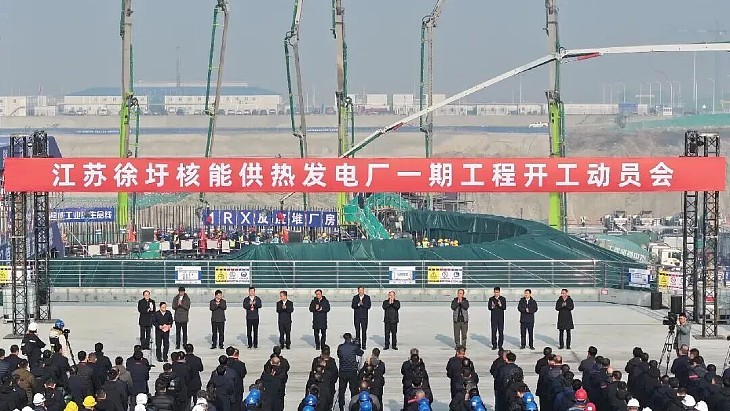Speaking at a press conference, JNFL President Naohiro Masuda said: "We have been working on the review of the construction approval, construction and inspection, aiming to complete the reprocessing plant 'as early as possible in the first half of fiscal year 2024' and the MOX fuel plant 'in the first half of fiscal year 2024'. However, because the review is taking time, we have set the new completion target as 'during fiscal year 2026' for the reprocessing plant and 'during fiscal year 2027' for the MOX fuel plant."
He noted that the governor of Aomori Prefecture and the mayor of Rokkasho Village had been informed of the new completion dates and had both expressed concerns about further delays to the plants.
"We sincerely apologise for causing concern and inconvenience to the people of Aomori Prefecture and Rokkasho Village due to the repeated review of the completion target," Masuda said. "We will take the governor and mayor's words to heart and work hard toward the new completion target."
He added: "Going forward, we will continue to work steadily toward [meeting the] new completion targets at both the reprocessing plant and the MOX fuel plant."
Kingo Hayashi, chairman of the Federation of Electric Power Companies of Japan, said: "We believe that the new completion target has been set as a result of clarifying the issues in the construction approval review and uncovering problems including construction and inspection, with the cooperation of supporters from the electric power companies.
"Considering Japan's resource-poor energy situation and the goal of achieving carbon neutrality by 2050, nuclear power generation will need to continue to be an important source of power, and the nuclear fuel cycle is extremely important from the perspective of making effective use of uranium resources, reducing the volume and harmfulness of waste, etc."
Construction of the Rokkasho reprocessing plant began in 1993 and was originally expected to be completed by 1997. However, its construction and commissioning have faced several delays. The facility is based on the same technology as Orano's La Hague plant in France. Once operational, the maximum reprocessing capacity of the Rokkasho plant will be 800 tonnes per year, according to JNFL.
Construction of the MOX plant began in late 2010. Construction of the 130 tonne per year plant had been delayed by three years from the planned 2007 start by the revision of seismic criteria following on from the powerful Niigata-Chuetsu-Oki earthquake.
Completion of both the reprocessing plant and the MOX fuel fabrication plant has faced several delays.
Following the March 2011 accident at the Fukushima Daiichi nuclear power plant, new safety standards for nuclear fuel cycle facilities came into force in December 2013. The requirements vary from facility to facility, but generally include reinforcement measures against natural threats such as earthquakes and tsunamis, and in some cases tornadoes, volcanoes and forest fires. Reprocessing plants need to demonstrate these as well as countermeasures specifically against terrorist attacks, hydrogen explosions, fires resulting from solvent leaks and vaporisation of liquid waste.
According to the Japan Atomic Industrial Forum, the review process for the reprocessing and MOX fuel plants "is being prolonged due to the fact that, unlike nuclear power plants, there is no precedent for it and the extremely large number of pieces of equipment (approximately 20,000 items) are involved".

.jpg)




_28178.jpg)
_66891.jpg)
_16128_62584.jpg)





